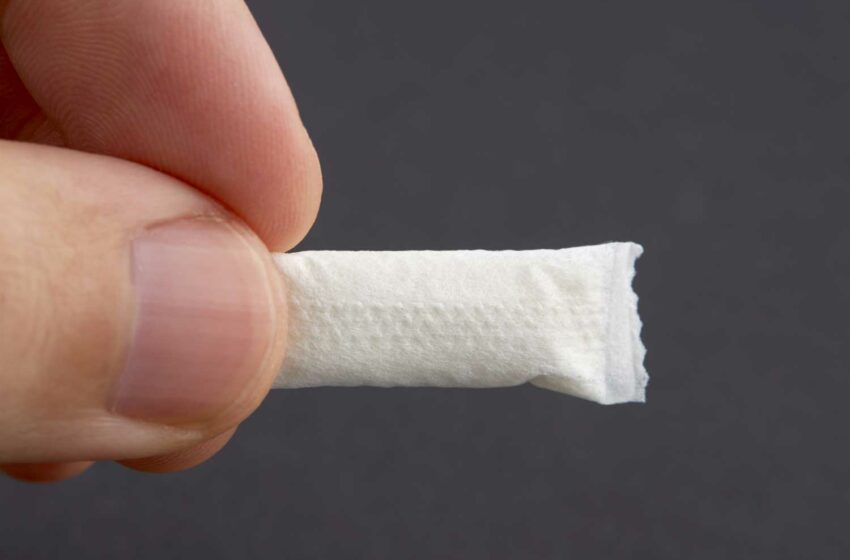Radon gas, which is considered to be a carcinogen and the number one cause of lung cancer in non-smokers in the US, is said to be becoming a more widespread problem in the country.
The US Environmental Protection Agency (EPA) has declared January to be National Radon Action Month and part of the publicity surrounding the campaign says that one in 15 homes are affected by elevated radon levels.
Unlike tobacco smoke, radon cannot be seen, has no scent and is colorless. It invades homes and buildings through foundation cracks and openings, and even directly through concrete. Radon gas is considered a carcinogen that comes from decayed radium and uranium in the soil.
It is said to be the number one cause of lung cancer in non-smokers and causes people that do smoke greater risk of being diagnosed with lung cancer.
The EPA suggests levels of four picocuries (pCi/L) and above should be addressed. A level of four picocuries is said to be the equivalent of eight cigarettes a day or 250 chest x-rays a year.
Meanwhile, the World Health Organization says that 3-14 percent of lung cancer cases are caused by radon, and suggests that people take action against levels higher than 2.7 picocuries.







